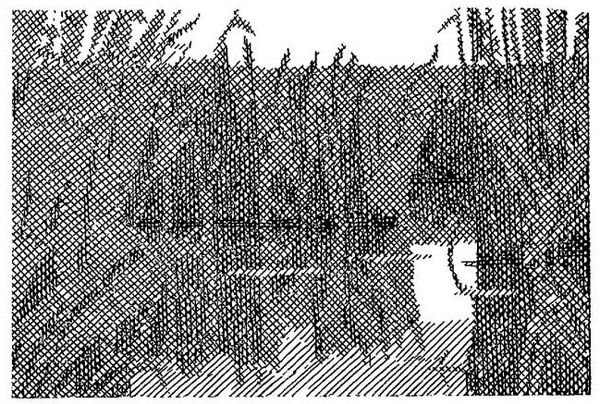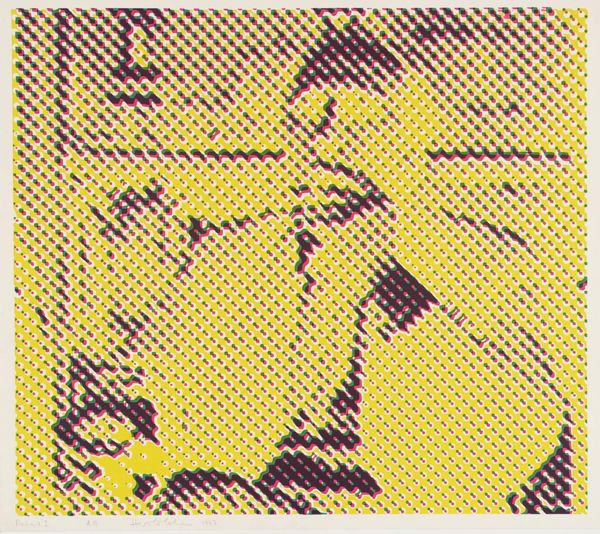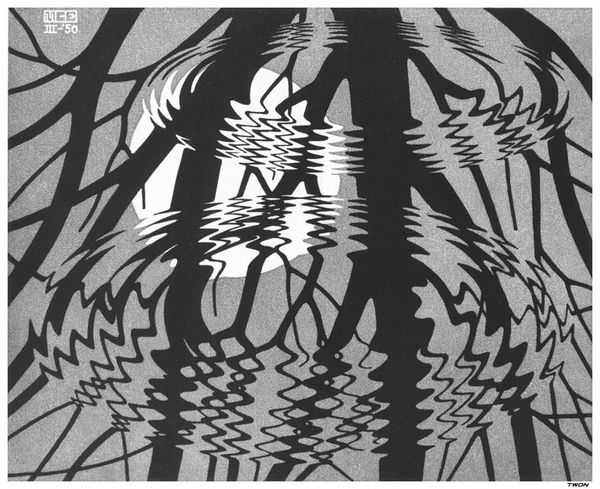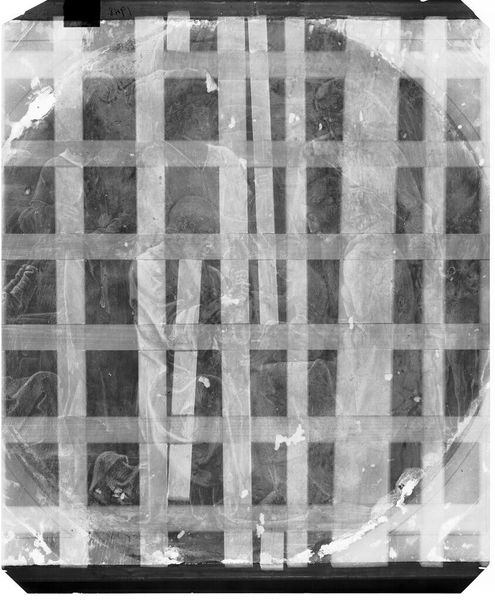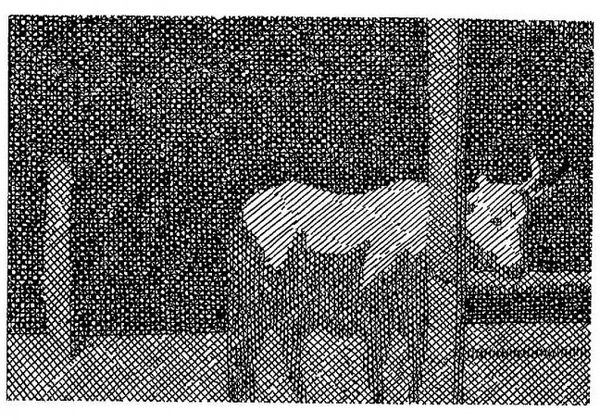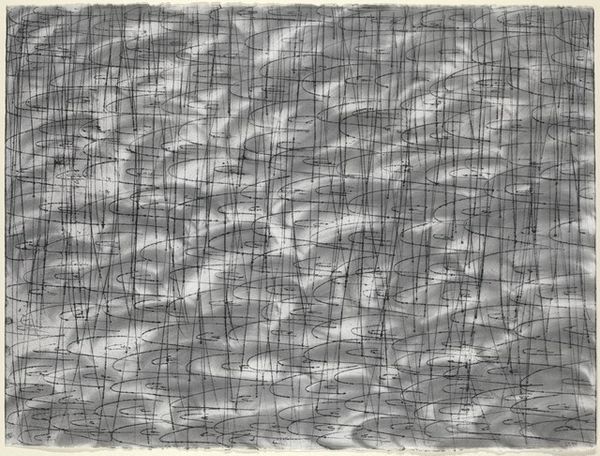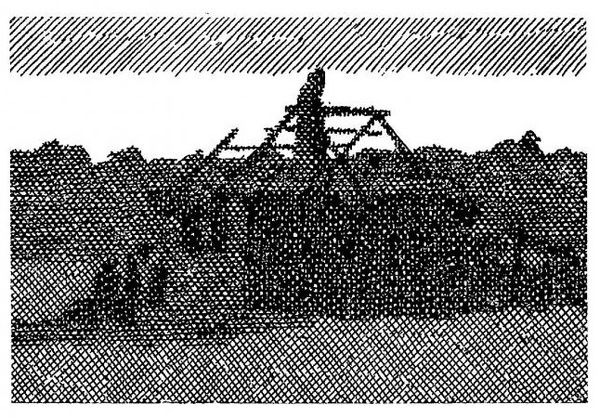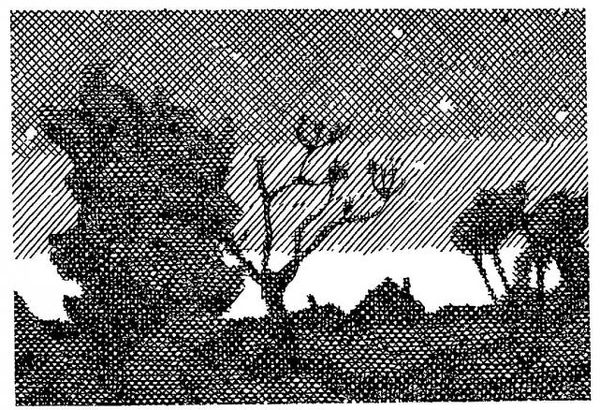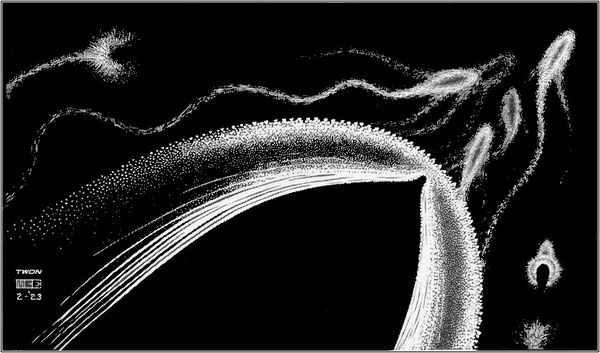
Illustration for the collection of short stories by Yevhen Gutsal "In the stork village" 1969
0:00
0:00
drawing, ink
#
drawing
#
rippled sketch texture
#
naturalistic pattern
#
random pattern
#
pattern
#
landscape
#
crosshatching
#
soviet-nonconformist-art
#
figuration
#
ink
#
dark black outline
#
repetitive shape and pattern
#
organic pattern
#
geometric
#
intricate pattern
#
line
#
pattern repetition
#
layered pattern
#
monochrome
Copyright: Hryhorii Havrylenko,Fair Use
Curator: This is Hryhorii Havrylenko's illustration for Yevhen Gutsalo’s collection of short stories, “In the Stork Village,” created in 1969. It’s an ink drawing, part of the Soviet Nonconformist art movement. Editor: My first thought is how incredibly detailed it is. The density of the line work almost vibrates on the page. There’s something soothing, almost hypnotic, about all those layers of crosshatching. It’s a black-and-white landscape, right? Curator: Precisely. And, contextualizing this piece within the late 1960s Soviet art scene reveals a deliberate artistic choice. Artists of this era often navigated ideological constraints through symbolic visual language. The very act of illustrating, of engaging with literature, became a subversive act. The stork village suggests themes of natality, tradition, and perhaps even a yearning for a return to Ukrainian cultural roots in a time of political tension. Editor: I like how you said it becomes "an act." Because there’s something incredibly disciplined about this. Like a form of meditation. What are the visual cues? A sense of boundless space, with that river or road slicing diagonally? And the way the landscape itself feels woven, as if nature and human endeavor are inextricable. Curator: Absolutely, it speaks to the interdependence of people and nature, echoing sentiments prevalent in Gutsalo’s short stories, particularly emphasizing themes of ecological consciousness, which resonated with the rural experience in Ukraine at the time. We also cannot ignore the historical context of famines, forced collectivization and their lasting social and demographic impacts upon the Ukrainian countryside. Editor: That reminds me that the village doesn’t really materialize. Just darkness and pattern. In a way, it suggests not a return, but a kind of dream of returning, if that makes any sense? The black ink feels somber. There’s nostalgia here, but with some shadow as well. Curator: The near total abstraction is important here: The network of linework becomes not just an illustration but also a record of labor, a testament to the human hand pushing back against oppression and standardization through painstakingly created marks. Editor: A silent revolution of ink. Curator: Yes, I would agree with that. Thank you for providing the artistic angle to this narrative. Editor: Anytime! This made me realize I have to go back and find those stories now. Thanks!
Comments
No comments
Be the first to comment and join the conversation on the ultimate creative platform.
